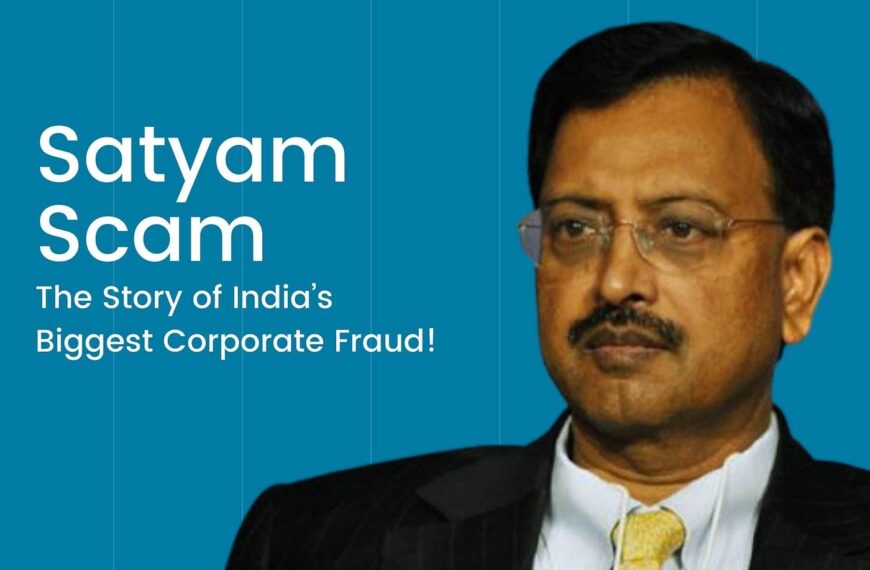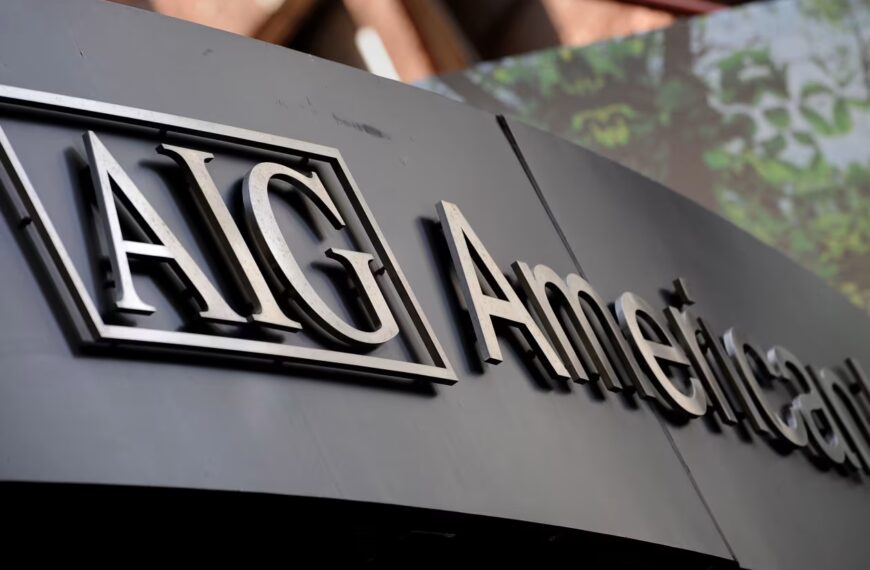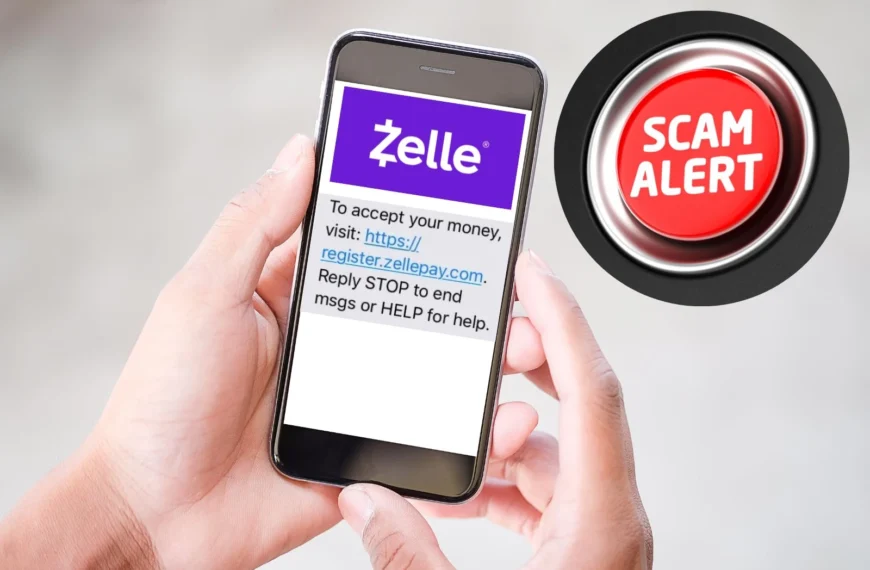The collapse of Lehman Brothers in 2008 remains one of the most infamous events in financial history. Although the firm’s failure was primarily due to extreme risk-taking amid the subprime mortgage crisis, critics have long pointed to questionable accounting practices—such as the use of Repo 105 transactions—as deceptive measures that obscured the firm’s true financial health. This article not only explores the alleged “scam” aspects of Lehman Brothers’ collapse but also explains how to spot similar fraudulent practices and provides essential tips to help online users avoid falling prey to financial scams.
Background: Who Were Lehman Brothers?
Founded in 1850, Lehman Brothers evolved from a modest commodities trading business into one of the largest investment banks in the United States. By the mid-2000s, Lehman was a global powerhouse, employing tens of thousands of people and handling hundreds of billions in assets. However, its rapid expansion and involvement in high-risk mortgage-backed securities set the stage for one of the most devastating collapses in U.S. history.
In September 2008, as the subprime mortgage crisis deepened, Lehman Brothers filed for bankruptcy. With assets reportedly around $639 billion and liabilities exceeding $613 billion, its collapse not only rocked global markets but also raised profound questions about transparency and ethical practices on Wall Street.
The Controversial Practices: Was It a “Scam”?
While Lehman Brothers’ downfall was not a scam in the traditional sense, several of its practices have been widely criticized as deceptive and, in many eyes, scam-like.
Fraudulent Accounting and Repo 105 Transactions
One of the most contentious issues was Lehman’s use of Repo 105 transactions. Under normal repurchase agreements (repos), a firm sells assets with an agreement to repurchase them shortly afterward. However, Lehman exploited an accounting loophole that allowed it to temporarily remove a significant amount of debt from its balance sheet—making its financial health appear far better than it was. Critics argue that this practice was less about legitimate financing and more about masking true liabilities. Such financial engineering deceived investors, regulators, and counterparties, thereby sowing seeds of distrust in the global financial system.
Lack of Transparency and Excessive Leverage
Lehman’s aggressive leverage—financing billions in assets with only a fraction of equity—was another red flag. The firm’s reliance on short-term funding through repurchase agreements and other instruments meant that even a small shift in market confidence could trigger a liquidity crisis. Combined with questionable off-balance-sheet maneuvers, these practices have been cited as clear examples of how misleading financial reporting can lead to catastrophic consequences.
How to Spot Fraudulent Financial Scams: Lessons from Lehman Brothers
Understanding the red flags in Lehman’s collapse can help both investors and online users recognize similar deceptive practices in the future. Here are key indicators to watch for:
1. Unusual Off-Balance-Sheet Transactions
- Red Flag: A company that regularly engages in transactions which temporarily remove liabilities from its balance sheet might be attempting to hide true financial risk.
- What to Do: Review financial statements carefully, especially the notes section. Look for repeated or large-scale use of accounting techniques that seem designed to improve apparent liquidity or reduce reported leverage.
2. Excessive Leverage
- Red Flag: When a firm’s debt-to-equity ratio is exceptionally high, it may indicate that the company is overextending itself.
- What to Do: Compare the leverage ratios with industry peers and historical norms. Unusually high leverage often accompanies aggressive risk-taking and can be a precursor to liquidity problems.
3. Lack of Transparency in Financial Reporting
- Red Flag: Inconsistent or opaque disclosures, especially regarding off-balance-sheet liabilities or non-recurring transactions, should raise concerns.
- What to Do: Rely on independent financial analyses and third-party audits. Regulatory filings (such as 10-K and 10-Q reports) are a vital source of information—scrutinize the details for any inconsistencies.
4. Signs of Overhyped Earnings
- Red Flag: When reported earnings seem too good to be true, particularly during periods of economic downturn, it may be a sign of financial manipulation.
- What to Do: Look for corroborative evidence from independent analysts and consider the overall market context. Overly optimistic earnings reports that deviate significantly from industry trends are often a warning sign.
Online Scam Prevention: Protecting Yourself in a Digital World
While Lehman Brothers’ issues were rooted in complex financial engineering, many online scams rely on similar themes of deception. Here are some essential measures every online user should take:
Verify the Source
- Always double-check URLs: Malicious websites often use spoofed URLs that look almost identical to legitimate sites. Type the website address manually or use trusted bookmarks.
- Be cautious with emails and attachments: Phishing emails can be highly sophisticated. Before clicking on any links or downloading attachments, verify the sender’s email address and look out for spelling errors or generic greetings.
Use Robust Security Practices
- Employ multi-factor authentication (MFA): MFA adds an extra layer of security by requiring additional verification steps, making it harder for scammers to access your accounts.
- Update your software regularly: Keeping your operating system, browsers, and antivirus software up-to-date helps protect against vulnerabilities that scammers might exploit.
- Utilize a password manager: Strong, unique passwords for each online account reduce the risk of being compromised by a single breach.
Monitor Financial Statements and Accounts
- Regularly review your financial records: Just as investors should scrutinize company financials, consumers should routinely check bank statements and credit reports for unauthorized transactions.
- Set up fraud alerts: Many banks and credit card companies offer services to notify you of suspicious activity. Enable these alerts to catch fraud early.
Educate Yourself About Scams
- Stay informed: Regularly review tips from reputable sources like the Federal Trade Commission (FTC), Consumer Financial Protection Bureau (CFPB), and your bank’s security center.
- Share knowledge: Discuss scam prevention techniques with family and friends. Increased awareness across your community creates a collective defense against fraud.
Conclusion
The collapse of Lehman Brothers serves as a cautionary tale about the dangers of deceptive financial practices and the broader impacts of a lack of transparency in the financial industry. While Lehman’s use of Repo 105 transactions and excessive leverage may not constitute a traditional “scam,” they are prime examples of how manipulation can lead to systemic collapse.
By learning to spot red flags—such as unusual off-balance-sheet transactions, excessive leverage, and opaque financial reporting—investors can better protect themselves. For everyday online users, employing robust security measures like verifying sources, using multi-factor authentication, and staying informed can help avoid becoming victims of modern financial scams.
Remember, whether you’re scrutinizing a company’s financial statements or clicking on an email link, a healthy dose of skepticism and diligence is your best defense against fraud.














